#wildflower 2022
Photo


Charlie Plummer as Ethan
Wildflower (2022)
#charlie plummer#charlieplummeredit#wildflower#movie#film#filmedit#actor#men#wildflower 2022#menedit#filmgifs#cinemapix#mensource#dailymenedit#dailyflicks#gifs#mine#*
442 notes
·
View notes
Text
If you are looking for something edifying to watch, check out Wildflower (2022) the real-life coming of age story of a young woman whose parents are both intellectually disabled.
3 notes
·
View notes
Text
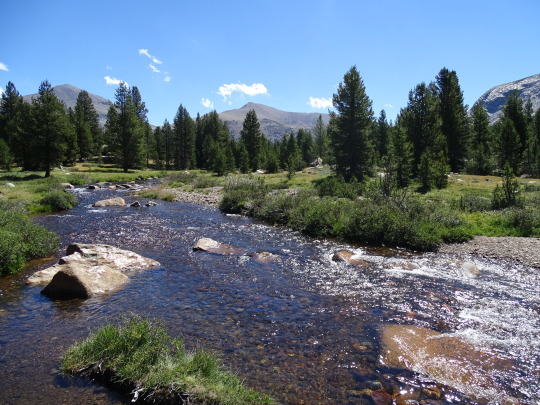
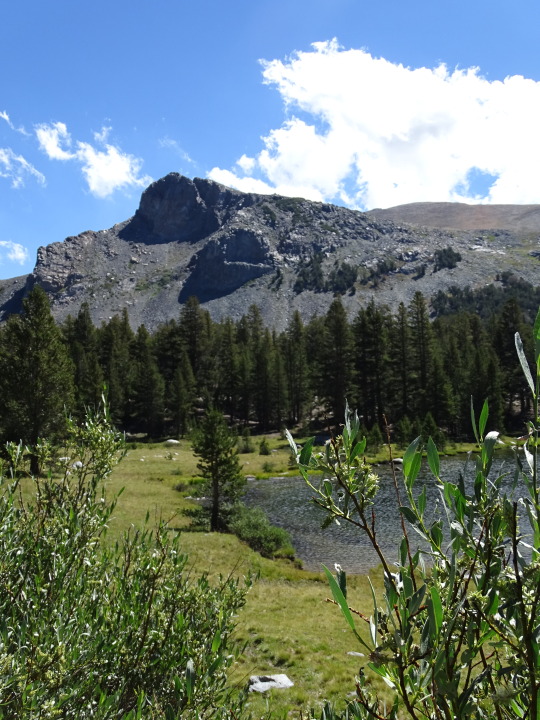
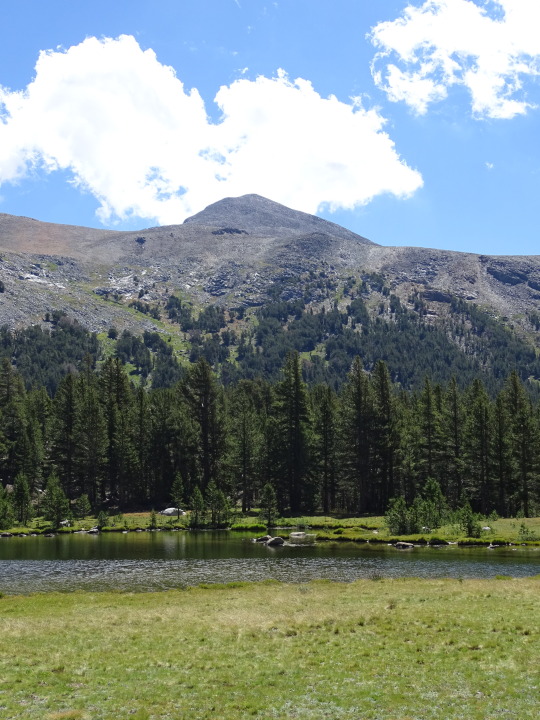

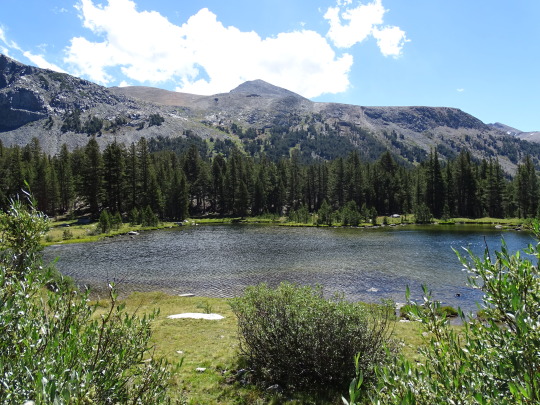
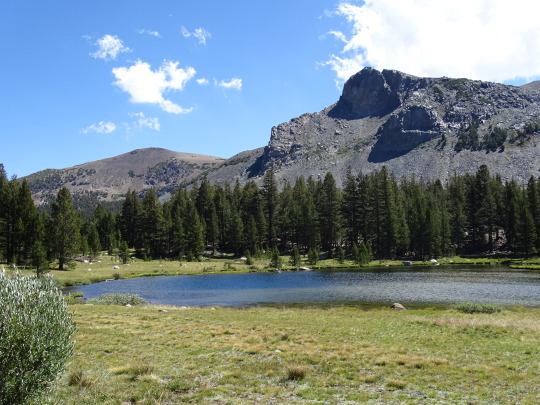
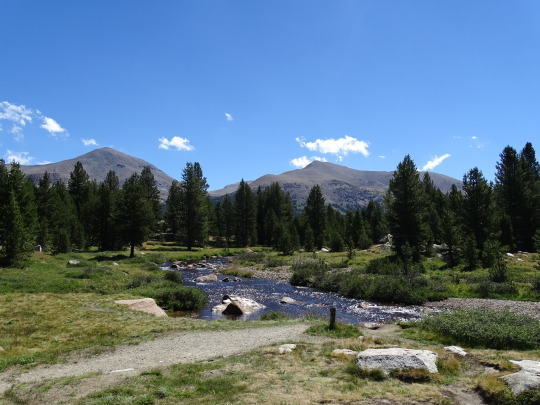
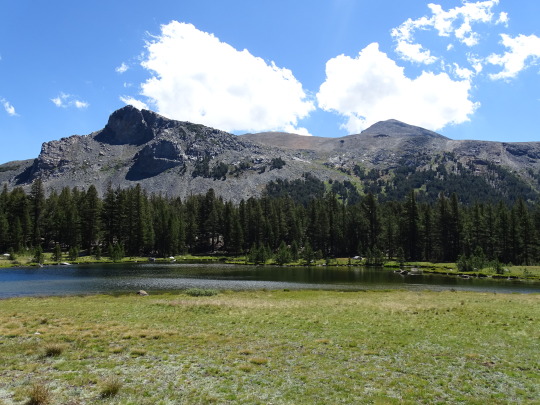
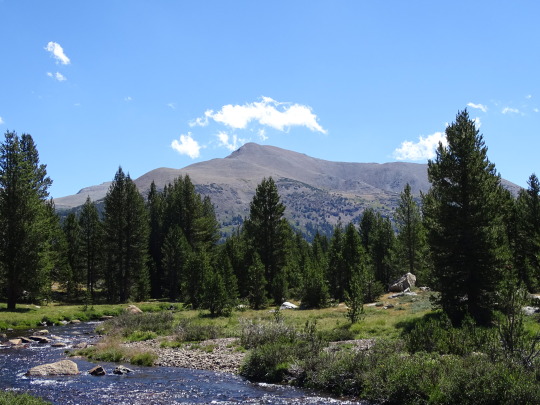
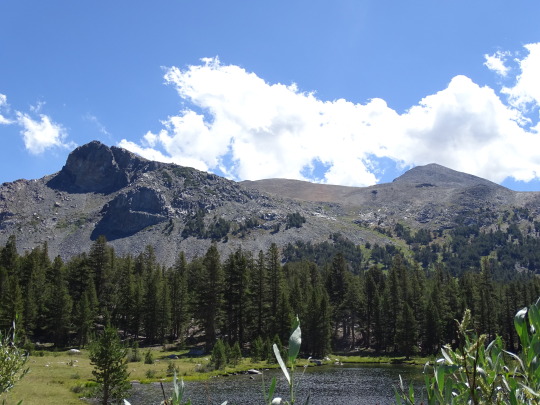
Clouds (No. 1080)
Yosemite National Park, CA
#Yosemite National Park#USA#Sierra Nevada#travel#original photography#vacation#tourist attraction#landmark#landscape#countryside#California#blue sky#clouds#wildflower#nature#summer 2022#mountains#snow#meadow#creek#woods#forest#river bank#fir#pine#pond
72 notes
·
View notes
Text
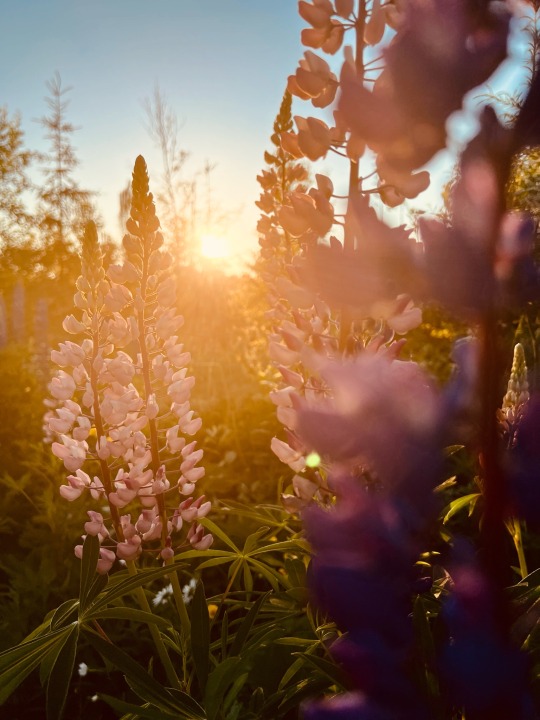
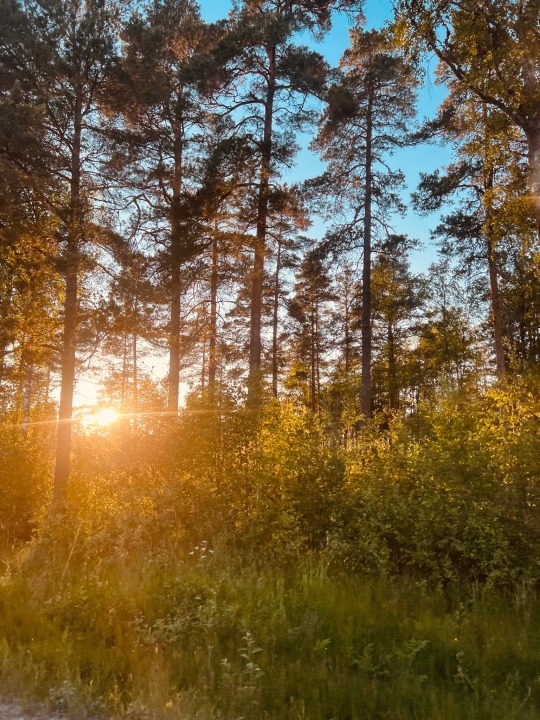
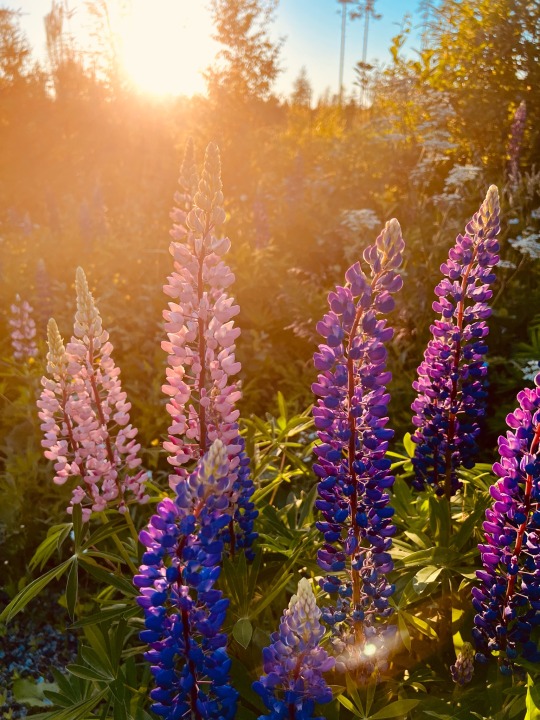

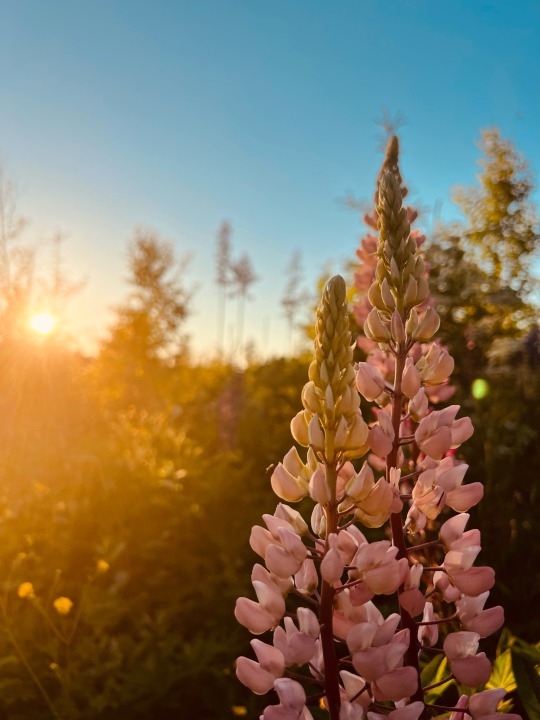



#lupines#flowers#nature#summer#photographers on tumblr#artists on tumblr#lensblr#landscape#photoset#vertical nature#wildflowers#forest#trees#road#blue#pink#purple#sunset#sunlight#june 2022
728 notes
·
View notes
Photo


shenandoah national park ⋇ 26 sept
#nature#wildflowers#flowers#photographers on tumblr#original photographers#lensblr#imiging#original photography#2022#virginia#skyline drive#canon R6
208 notes
·
View notes
Text

Day 11: field + a love letter to fat bears! Oh to be a bear in a flower field. Gouache on Stonehenge paper
#my art#gouache#illustration#painting#cottagecore#art#botanical#artober 2022#kidlitart#picture book illustration#animal painting#wildflowers#bear#fat bear week
229 notes
·
View notes
Text

Great Masterwort (Astrantia major)
246 notes
·
View notes
Text

So, after the cable connecting my needles broke off last night (thus causing like 1/3 of the stitches to fall off and start unraveling) and I got a bit teary and upset, I set the knitting aside. In my emo state I went and made cookies and then ate several cookies ( chocolate chip). Then today I just decided to bit the bullet and rip.
I have decided to go up a needle size to see what that does, and I'll be working on a newer cable, and a longer one at that. in addition, I'm rejigging the color progression. I was going to use mini-skeins in between the rainbow variegated yarn and the knit picks muse yarn ( the one that's more on a white/cream base) but I feel like that might have gotten the mini-skeins a bit lost and mottled. So after a bit of a rethink, I think the above will be the color progression I'll use. It makes use of the mini-skeins nicely and will allow for distinct blocks of color between the other sections. There likely will be distinctly chonkier sections with the knit picks yarn, but it'll work out hopefully.
I needed to put a reference in as to how I wanted the colors to go, so that's what this post is for. It's also a formal request to the universe that, hey please, please, third time's a charm, right? Let this be the time that I can get through the shawl without any (at least major) errors.
While I was mid-sad about the loss of progress I was listening to a podcast with a favorite poet of mine (David Whyte)... And he and the host had mentioned journeys. It got me to thinking that while yes, I have lost progress, that knitting is also supposed to be about the joy of making. And I haven't lost any "making" not really. I will just be -remaking. It's just a slightly unplanned part of the journey, but still part of the journey. That then reminded me of a Shakespeare quote I used to have up on the back of my childhood bedroom door (from Troilus and Cressida), " Things won are done, Joy's soul lies in the doing." Thus, I will try and focus on taking and making joy as I go along, to just enjoy the process, not just the product.
#adventures in terrible knitting#knitting#knitblr#begin again#learning to enjoy the process#learning#is third time the charm? no idea. i guess we'll find out#yarns- knit picks muse in color way glee speckle and wildflower yarns unicorn poop (both aran/worsted)#mini-skeins are also wildflower yarn - but are from the limited edition 2022 advent calendar
34 notes
·
View notes
Text

My favorite driver just turned 25!
To properly celebrate his birthday, I chose to draw Max with a couple of wildflowers, bc I really like them: Dandelions represent joy, but also growth & perseverance through hard times; Nemophila (also known as Baby Blue Eyes) symbolizes victory and success.
As usual, everything was hand drawn by me in ClipStudio Paint on my pen tablet (yes, even the flowers in the bg and the logos on his racesuit)
#happy belated birthday Maxie ✨🧡✨#I hope he had the best day yesterday#I know that today it might have been frustrating with that issue in quali#but he'll fight his way back to the top tomorrow#my art#max verstappen#maxy#ocean eyes#wildflowers#mv 33#digital art#singapore gp 2022
55 notes
·
View notes
Text
...
#Queen anne's lace | Daucus carota#Pulled from a roadside wildflower tangle on a whim. Date sometime before 24 August 2022.#While riding bikes to visit makeshift museum of twisted metal.#I rode slow alongside my mom. probably. it's a blurry memory.#On a tiny island on a sea sized lake#shallow and full to the brim with fossils and dead fish and broken glass.#An island that gave my mother her name. one of my favorite places. where i imagine storms when im angry#My first memory of this plant is old.#My mom pushing my sisters in a red double stroller in the summertime.#Turning the bend near our home.#Or walking toward my grandparents house in late August. maybe. i dont remember#Just that she told me it was queen Anne's lace and I patted my face with it like a powder puff.#Its tiny white flowers branching out blurry like a globular cluster pressed flat. Like stars huddled around the mass of a tiny velvet purpl#flower. a flower that makes me feel small and needy. with tiny hands and tiny worries.#...usually i write these things off thr top of my head but this one was prewritten. i just feel too insecure to make writing posts that can#be reblogged 😬 but anyway im writing entries for the handful of pressed flowers thst i have. idk y i grabbed this one bc it was the 1st#i just always liked queen anne's lace. childhood nostalgia and all that i suppose#unrelated#also i say it was prewritten but when i wrote it. it was still just brain vomit without editing lil
3 notes
·
View notes
Text
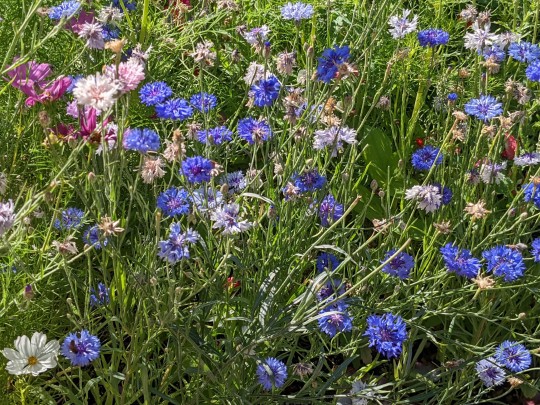

Treehouse Gardens
#wildflowers#wildflower#flower patch#plant blog#plant photography#neighborhoodsightseeing#flowers#august 2022
55 notes
·
View notes
Photo
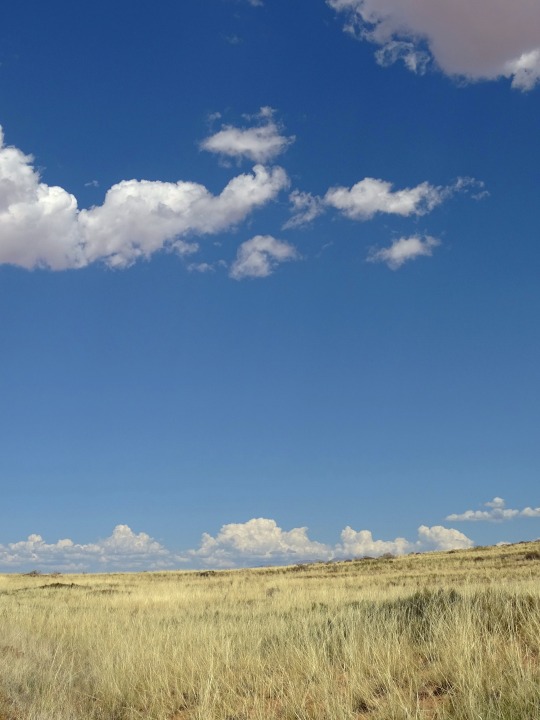
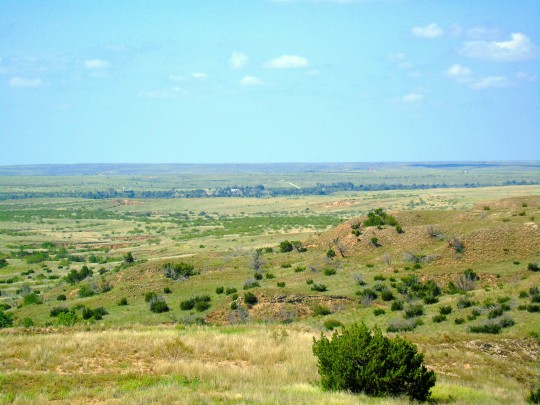
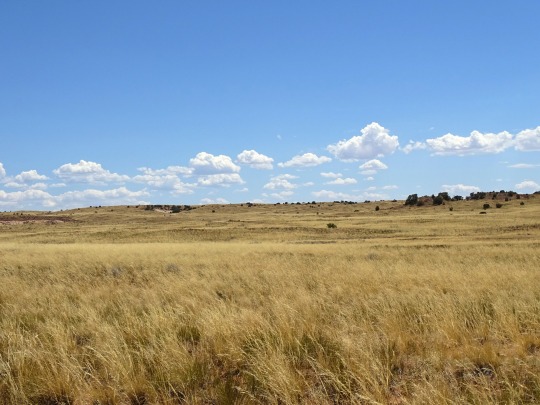

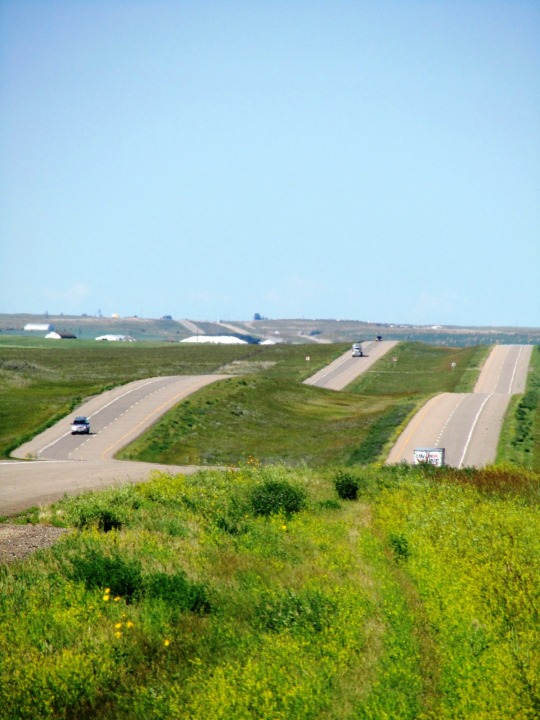
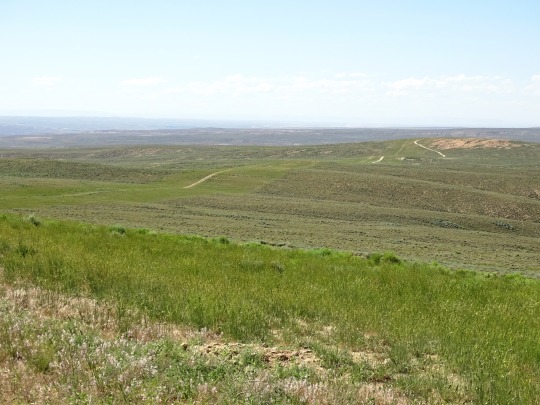
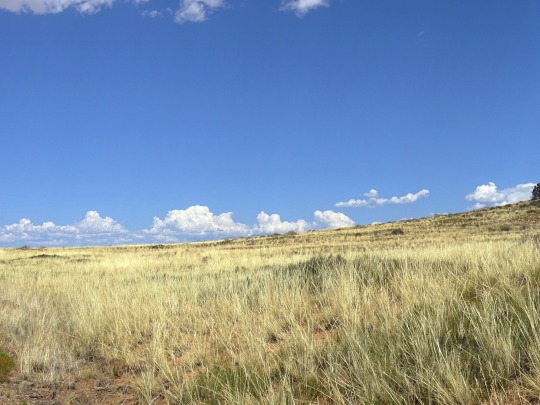

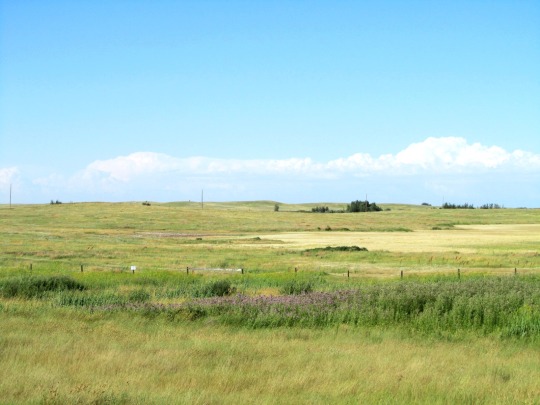
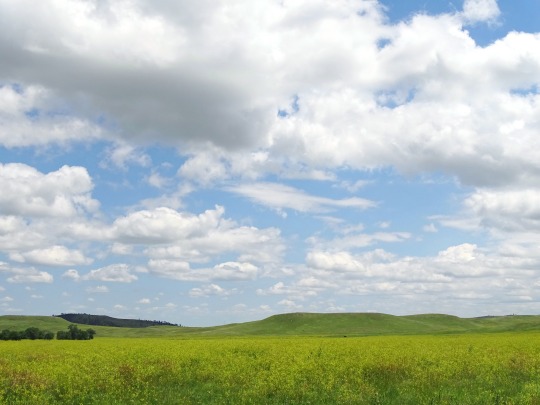
National Prairie Day
National Prairie Day, on June 3 this year, celebrates the beauty and ecological value of this often-overlooked ecosystem. Spanning more than a dozen American states and several Canadian provinces, the North American prairie is a vast grassland that offers more biodiversity and beauty than most people realize. With their endless, gently rolling plains and highly productive soils, prairies have been a valued location for farming and ranching for thousands of years. Today, only 1% of tallgrass prairie in the United States remains untouched by farming or development. National Prairie Day promotes the appreciation and conservation of America’s native prairies.
History of National Prairie Day
The United States is home to a dazzling array of geographies and environments. Some, like the towering redwoods of California or the majestic cascades of Niagara Falls, enjoy worldwide reputations as media darlings and tourist hotspots. Other ecosystems, like the humble prairie that covers much of the interior United States, receive fewer accolades but play crucially important roles in the development of the nation.
Defined as a flat grassland with a temperate climate and derived from the French for ‘meadow,’ ‘prairie’ has become almost synonymous with the expansion of the American frontier. Flanked by the Great Lakes and the grandiose Rocky Mountains, the North American prairie extends across 15% of the continent’s land area. Other examples of similar grasslands around the world include the pampas in Argentina, the Central Asian steppes, and the llanos of Venezuela.
There’s more to the prairie than meets the eye. In fact, tall grass prairies host the most biodiversity in the Midwest and provide a home for dozens of rare species of animals and plants, including bison, antelope, elk, wolves, and bears.
Native prairies face extinction as more and more land is converted to agricultural and ranching use. Due to its rich, fertile soil, prairie land is prized for agricultural use. Around the world, almost three-quarters of agricultural regions are located in grassland areas. With only 1% of tallgrass prairie in the U.S. remaining untouched, the American tallgrass prairie is now one of the most endangered ecosystems on the planet. The Missouri Prairie Foundation launched National Prairie Day in 2016 to raise awareness and appreciation for the nation’s grasslands. The organization seeks to protect and restore native grasslands by promoting responsible stewardship, supporting acquisition initiatives, and providing public education and outreach.
National Prairie Day timeline
6000 B.C. The Prairie Forms
The North American prairie forms roughly 8,000 years ago when receding glaciers give way to fertile sediment.
1800s The American Prairie Decimated
Throughout the 19th century, farmers and ranchers, excited about the rich potential of prairie soil, convert almost all of the American prairie to farmland and grazing land.
Early 1930s The Dust Bowl
The combination of years of mismanagement, the stock market crash, and drought conditions come to a head as thousands of families in Oklahoma, Texas, and other parts of the Midwest lose everything when their farms fail, driving them to California and elsewhere to seek work in more fertile fields.
2016 First National Prairie Day
The Missouri Prairie Foundation launches the National Prairie Day campaign to promote awareness and conservation of the vanishing ecosystem.
National Prairie Day FAQs
Why don't prairies have any trees?
The environment of the prairie, with its flat terrain, regular droughts, and frequent fires, is uniquely suited to grasses that don’t require a lot of rainfall or deep soil to thrive.
Why are prairies important?
The prairie provides an irreplaceable home for hundreds of plant and animal species, as well as exceedingly fertile soil for human agriculture and ranching. Prairie destruction has had catastrophic effects, like the Dust Bowl that decimated American farms in the 1930s. Prairies also contribute to the conservation of groundwater.
Why did the Dust Bowl happen?
The Dust Bowl disaster that swept the U.S. and Canada in the 1930s had several natural and man-made causes, including severe drought and a failure to properly manage farmland and conserve precious topsoil. A series of intense dust storms wiped out agriculture, eroded the soil, and left the land unable to produce crops.
National Prairie Day Activities
Learn about the prairie
Donate to a conservation group
Plan a visit to a famous prairie
Do a little research to learn about this important American ecosystem and the role it has played in the cultural and economic development of our country.
If you're concerned about the loss of the American prairie, donate to a grasslands conservation group to support their work.
Do you live near a prairie? Try finding the grassland nearest you and plan a visit.
5 Interesting Facts About Prairies
‘Prairie schooners’
Dogtown
Where the buffalo roam
Carbon hero
Rising from the ashes
During the 1800s, when Americans embarked on the long journey westward, their covered wagons were often referred to as ‘prairie schooners.’
Prairie dogs live in vast networks of underground burrows called ‘towns,’ which can cover hundreds of acres and house thousands of prairie dogs with complex social relationships.
When Europeans first arrived in North America, up to 60 million bison roamed the plains — by 1885, there were fewer than 600.
Prairies can help fight climate change — one acre of intact prairie can absorb about one ton of carbon each year.
On the prairie, wildfires can actually be a healthy thing — with more than 75% of their biomass underground, prairie plants are uniquely suited to surviving and thriving after a fire.
Why We Love National Prairie Day
The prairie often gets overlooked
Native grasslands are critically endangered
It reminds us of the diversity of America's ecosystems
It's not often we remember to celebrate grasslands, yet the prairie plays an important role in America's cultural past and environmental future.
With only 1% of America's native prairie remaining, it's more urgent than ever to conserve and protect this vital resource.
The United States has more environmental variety than almost any other country on earth. Celebrating each unique ecosystem reminds us to appreciate and protect all the beauty our country has to offer.
Source
#Colorado#South Dakota#Wyoming#Alberta#Saskatchewan#nature#flora#WickBeumee Wildlife Habitat Management Area#Custer State Park#Rock Springs#Pilot Butte Wild Horse Scenic Loop#Trans-Canada Highway#Texas#landscape#countryside#summer 2022#2019#original photography#wildflower#meadow#first Saturday in June#3 June 2023#National Prairie Day#NationalPrairieDay
60 notes
·
View notes
Text
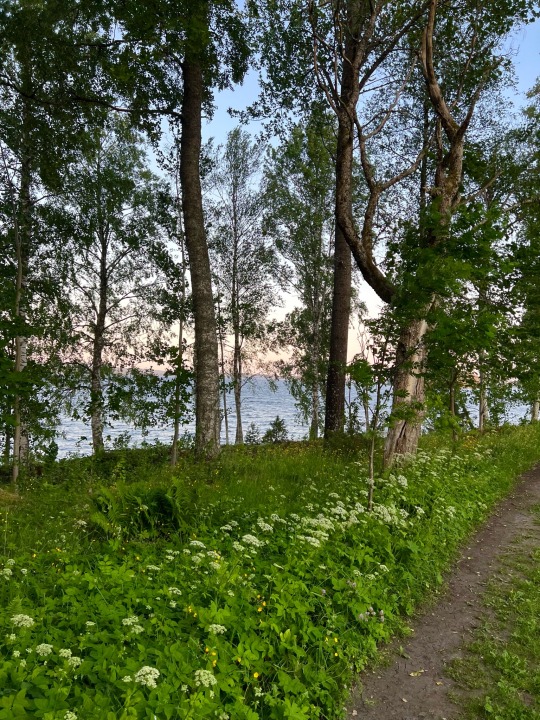
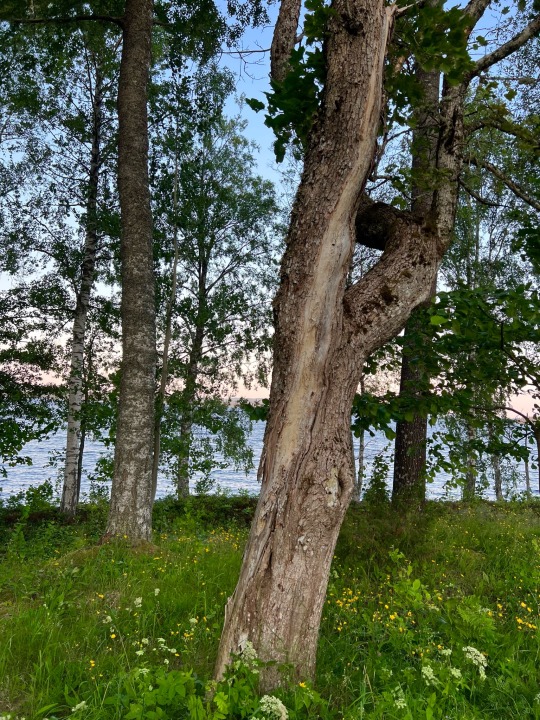

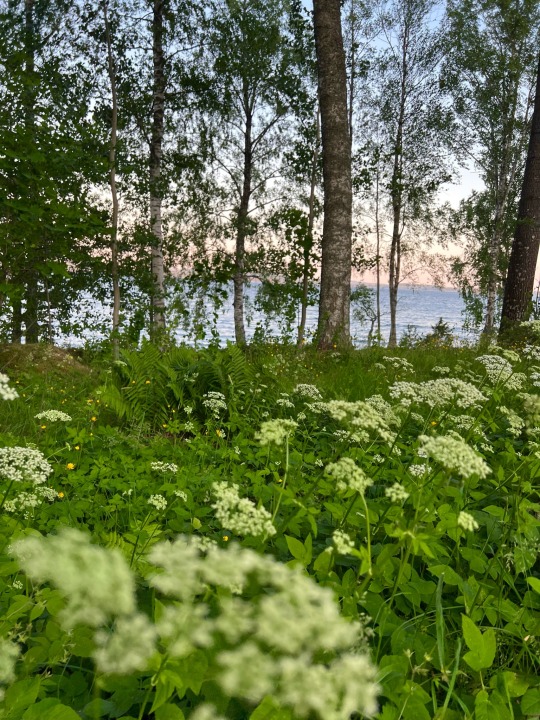
#evening walk#summer#nature#june 2022#photographers on tumblr#artists on tumblr#lensblr#photoset#vertical nature#landscape#trees#water#lake#green#flowers#wildflowers
238 notes
·
View notes
Photo

letchworth state park ⋇ 08 sept
#landscape#nature#wildflowers#photographers on tumblr#original photographers#lensblr#imiging#original photography#2022#canon R6
130 notes
·
View notes
Text

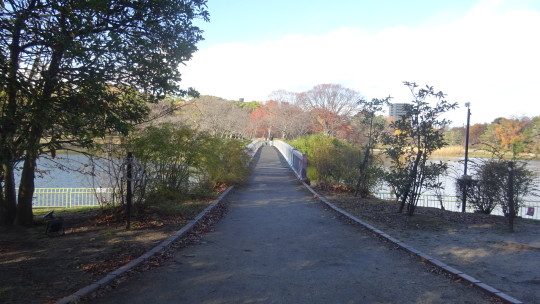

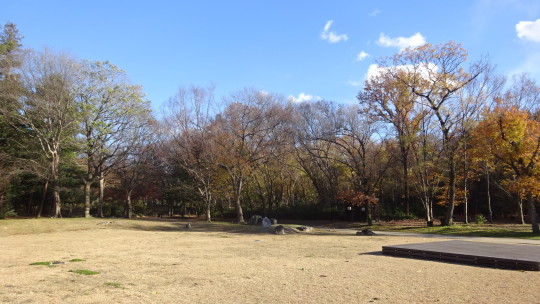





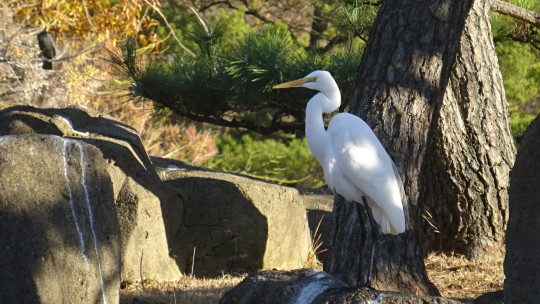
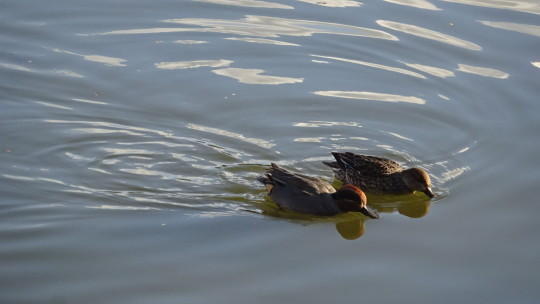


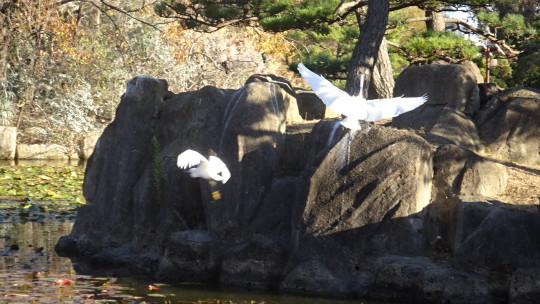

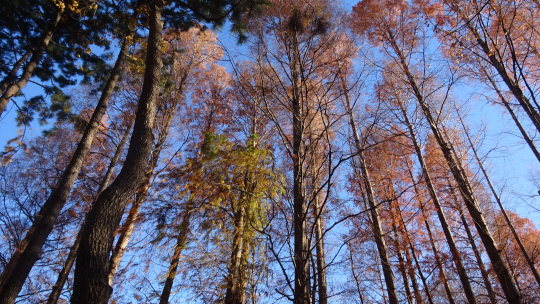
長居植物園
#nagai#長居公園#植物園#OSAKA#osaka#bird#Winter#2022#photo#beautiful photos#my photos#nature#鳥#plants#garden#wildflowers#greenery#バードウォッチング#birding at osaka#bird watching#photography#picture#自然#写真#写真撮ってる人と繋がりたい#写真好きな人と繋がりたい#花#風景#大阪#風景攝影
20 notes
·
View notes
Text

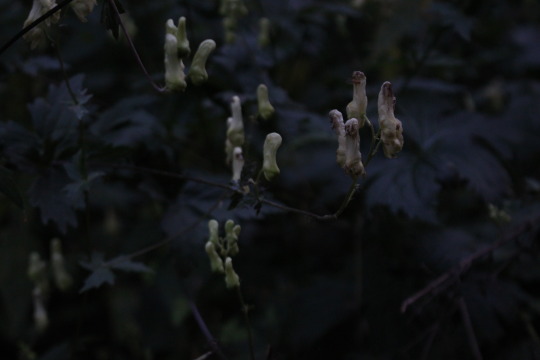

A hundred little ghosts glowing in the dark forest.
Don't touch them or your ghost might join them.
Wolfsbane (Aconitum lycoctonum)
#mine#poisonous plants#wolfsbane#aconitum lycoctonum#aconite#herbology#forest#forestcore#wildflower#nature photography#august 2022
126 notes
·
View notes